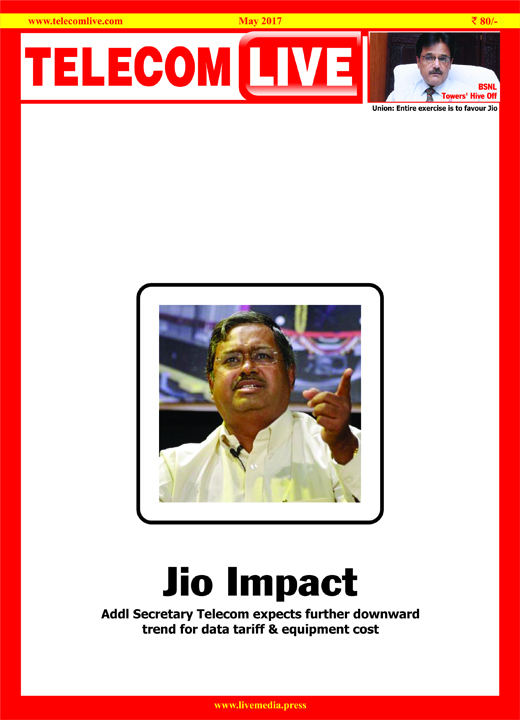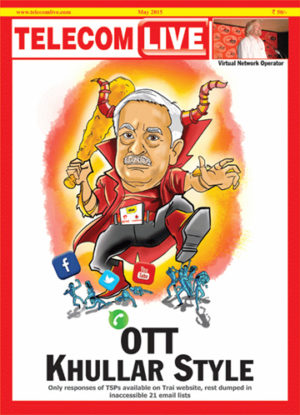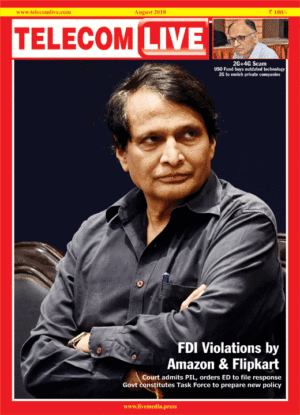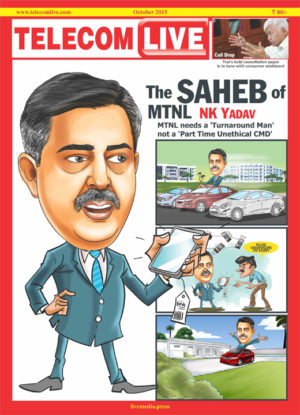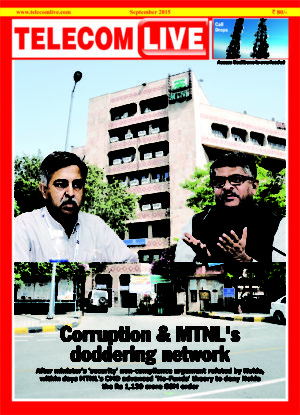Senior government officials in DoT are assessing the Jio impact and they don’t seem to mind declines in government revenue on account of licence fee and SUC because this means additional money in the hands of the consumer and leaps in data usage.
A DoT note acknowledges dips in LF and SUC revenues since Q2 2016-17. It also repeats the reason for this – the prolonged promotional scheme of Reliance Jio’s free data and voice. But then goes on to elaborate on the beneficial impacts. Data consumption during Q3 increased by 3.5 times and Q2 data usage increased 60 pc over Q1. And because of this offer of RJio, ‘market intervention’ brought down data charges from Rs 150-200 per GB/month to Rs 10/15 per GB as other operators also scurried to match RJio’s offer and anticipated tariff plan.
‘Hulchul’ is the word used to describe the market condition and two patterns of user behaviour have been listed. First, digital data content and data based video calls have become vigourous in urban areas and are substantial even in the rural areas. And, second, the existing market players have streamlined their marketing strategies particularly pricing, to protect market share.
Ofcourse the consumer has benefitted from tariff reductions. But industry too is expected to benefit on its costs, as operators re-negotiate with their Managed Service Providers for O&M and with equipment vendors on heavy IPRs.
DoT has reiterated that India is a low cost economy and access to benefits of near-future technology innovations such as IOT and M2M (5G Technologies) may require an even further reduction in data tariffs to leverage these technologies for public welfare. And therefore low data tariff is welcomed and 4G & 5G technology applications are expected to accessible to the common people.
For the industry, the situation will be clear after one or two quarters because by then the new entrant’s (RJio) tariff impact would be really known. Price Correction for an increase would depend on the market penetration and expansion. The DoT has left such re-alignments to industry captains and associations, which it feels will be triggered by quarterly results.
The note makes a repeated point that only revenue protection consideration, even in the short run, is a significant cost for the public and may delay spread of communication services. Revenue spikes will come from market depths. And even if revenues go down in the telecom sector, it will emerge as income increases in the overall economic activity that telecommunications will engender.
